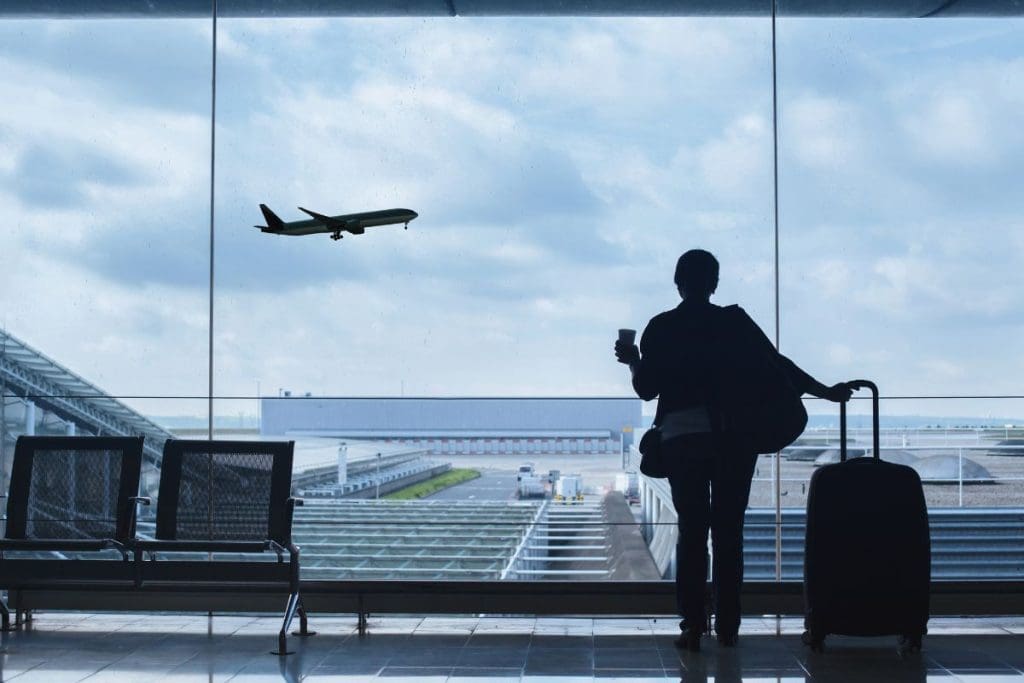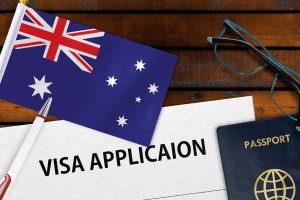As we approach the end of the year, many of us are planning travel, visiting family overseas, taking holidays, or preparing for more extended absences. If you’re an Australian permanent resident (or a former one), you’ll want to ensure your right to return to Australia is intact. That’s where the Resident Return Visa (RRV) comes in.
What Is the RRV and Why Does It Matter Now?
Even though your permanent residency allows you to stay in Australia indefinitely, your travel facility (the right to leave and re-enter as a PR) can and does expire, usually five years after the grant. If you leave the country after your travel facility has expired, you may not be able to return as a permanent resident unless you have a valid RRV (subclass 155 or 157).
This becomes especially important during the end-of-year travel season, when:
- You may be going overseas to visit family or for the holidays
- Many people forget to check the expiry date on their travel facility
- Last-minute issues can result in stress, delays, or complications at the border
Who Needs a Resident Return Visa?
You may need to apply for an RRV if you are:
- An Australian permanent resident whose travel facility is expiring or has expired
- A former Australian permanent resident (whose last visa was not cancelled)
- A former Australian citizen who has renounced or lost citizenship
Subclass 155 vs Subclass 157: What’s the Difference?
Subclass 155 – Up to 5 Years Travel Facility
You’re likely eligible for a 5-year RRV if you:
- Have been physically present in Australia for at least 2 years in the last 5, as a permanent resident or citizen
If you don’t meet that requirement, but have strong ties to Australia, you may still be granted a 1-year travel facility.
Subclass 157 – Short-Term Travel Facility
If you’ve been absent from Australia for a significant time and don’t meet the 2-year residency requirement, you may still qualify for a 3-month RRV if you can show:
- Compelling and compassionate reasons for your absence
- An intention to return and live in Australia permanently
What You Should Do Now
As we approach the end of the year, here’s your RRV checklist:
- Check your travel facility expiry date
Use VEVO or your ImmiAccount to confirm when your current travel facility expires. - Calculate your residence
Have you spent 730+ days in Australia in the last 5 years? If yes, you’re likely eligible for a 5-year RRV. If not, look into ties to Australia or compassionate grounds. - Prepare supporting documents
If applying based on ties to Australia or compassionate reasons, start gathering evidence early (e.g. family connections, business ownership, employment, medical records). - Apply before departure
If your travel facility is close to expiring and you’re still in Australia, apply for an RRV before you leave to avoid being locked out.
Travel with Confidence – Speak with Aspire Australia Before You Go
As the end-of-year travel season approaches, the last thing you want is uncertainty about your ability to return to Australia as a permanent resident. Whether you’re planning a short trip to see family, an extended overseas stay, or even returning after years away, the key to confident travel is making sure your Resident Return Visa (RRV) status is clear and up to date.
At Aspire Australia, we help you avoid last-minute panic and border headaches by reviewing your current visa status, checking your travel facility expiry, and preparing a decision-ready RRV application tailored to your individual circumstances.
- Already spent 2 years in Australia in the last 5? Let’s secure that 5-year travel facility.
- Been overseas for a while? We’ll help you demonstrate strong ties and prepare a compelling case.
- Unsure where you stand? We’ll assess your history and guide you clearly on your next steps.
Let’s ensure you can leave and return to Australia with peace of mind.
Contact our team at Aspire Australia today to prepare early, avoid surprises, and travel with complete confidence.









